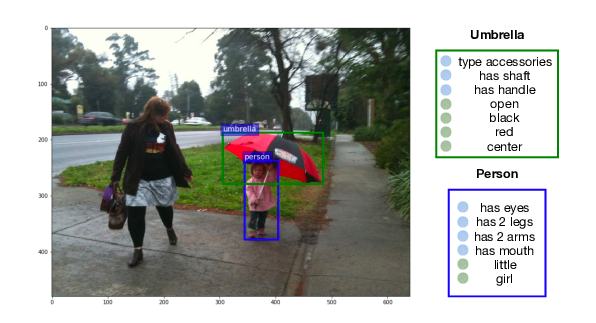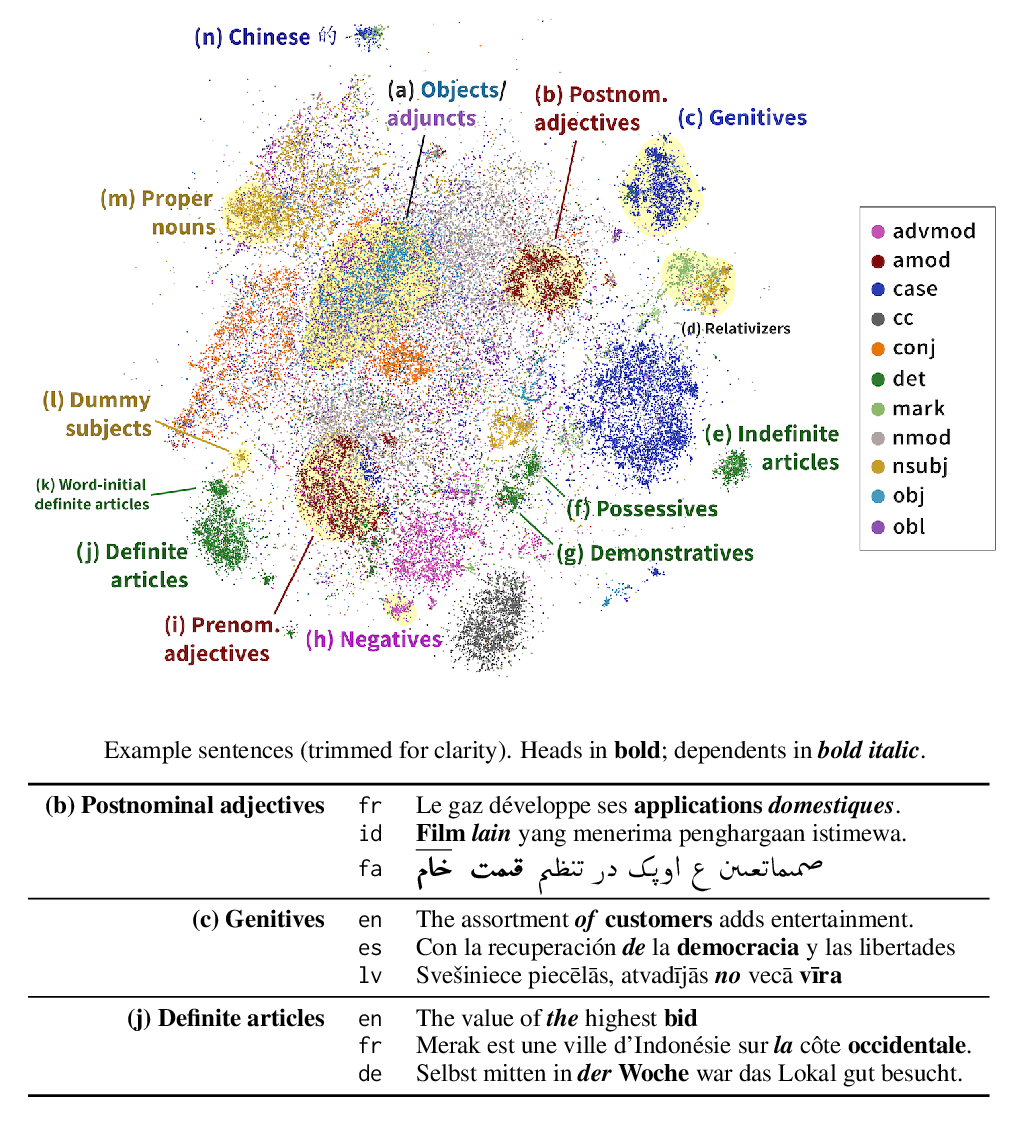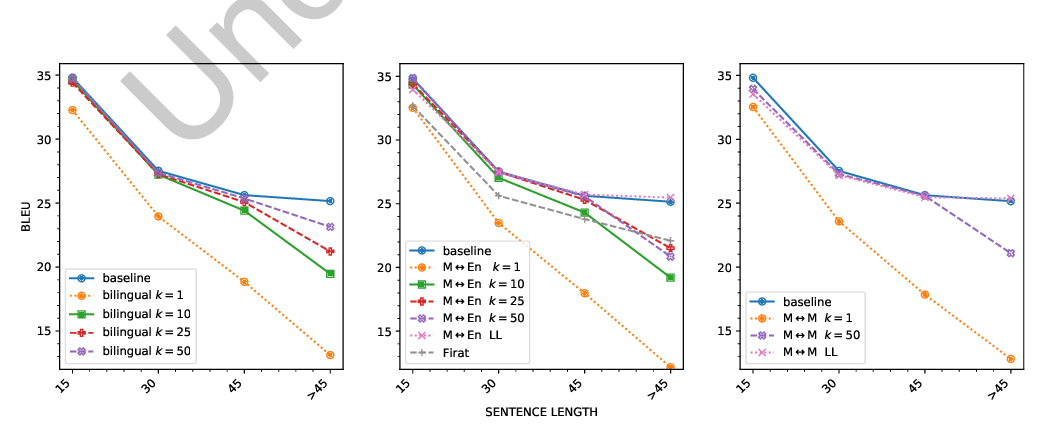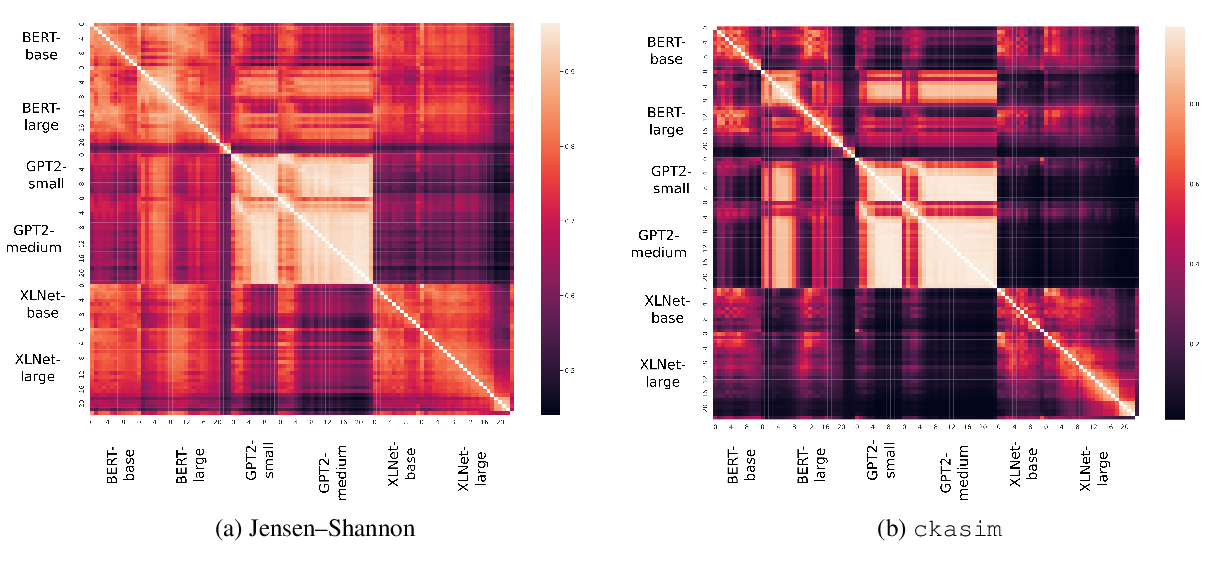On the Linguistic Representational Power of Neural Machine Translation Models
Yonatan Belinkov, Nadir Durrani, Fahim Dalvi, Hassan Sajjad, James Glass
Machine Translation CL Paper
Session 3B: Jul 6
(13:00-14:00 GMT)

Session 4B: Jul 6
(18:00-19:00 GMT)

Abstract:
Despite the recent success of deep neural networks in natural language processing and other spheres of artificial intelligence, their interpretability remains a challenge. We analyze the representations learned by neural machine translation (NMT) models at various levels of granularity and evaluate their quality through relevant extrinsic properties. In particular, we seek answers to the following questions: (i) How accurately is word structure captured within the learned representations, which is an important aspect in translating morphologically rich languages? (ii) Do the representations capture long-range dependencies, and effectively handle syntactically divergent languages? (iii) Do the representations capture lexical semantics? We conduct a thorough investigation along several parameters: (i) Which layers in the architecture capture each of these linguistic phenomena; (ii) How does the choice of translation unit (word, character, or subword unit) impact the linguistic properties captured by the underlying representations? (iii) Do the encoder and decoder learn differently and independently? (iv) Do the representations learned by multilingual NMT models capture the same amount of linguistic information as their bilingual counterparts? Our data-driven, quantitative evaluation illuminates important aspects in NMT models and their ability to capture various linguistic phenomena. We show that deep NMT models trained in an end-to-end fashion, without being provided any direct supervision during the training process, learn a non-trivial amount of linguistic information. Notable findings include the following observations: (i) Word morphology and part-of-speech information are captured at the lower layers of the model; (ii) In contrast, lexical semantics or non-local syntactic and semantic dependencies are better represented at the higher layers of the model; (iii) Representations learned using characters are more informed about word-morphology compared to those learned using subword units; and (iv) Representations learned by multilingual models are richer compared to bilingual models.
You can open the
pre-recorded video
in a separate window.
NOTE: The SlidesLive video may display a random order of the authors.
The correct author list is shown at the top of this webpage.
Similar Papers
CompGuessWhat?!: A Multi-task Evaluation Framework for Grounded Language Learning
Alessandro Suglia, Ioannis Konstas, Andrea Vanzo, Emanuele Bastianelli, Desmond Elliott, Stella Frank, Oliver Lemon,

Finding Universal Grammatical Relations in Multilingual BERT
Ethan A. Chi, John Hewitt, Christopher D. Manning,

A Systematic Study of Inner-Attention-Based Sentence Representations in Multilingual Neural Machine Translation
Raúl Vázquez, Alessandro Raganato, Mathias Creutz, Jörg Tiedemann,

Similarity Analysis of Contextual Word Representation Models
John Wu, Yonatan Belinkov, Hassan Sajjad, Nadir Durrani, Fahim Dalvi, James Glass,
